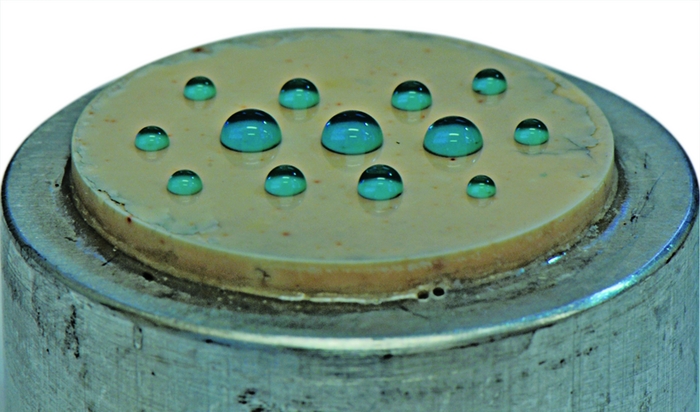Advertisement
Grab your lab coat. Let's get started
Welcome!
Welcome!
Create an account below to get 6 C&EN articles per month, receive newsletters and more - all free.
It seems this is your first time logging in online. Please enter the following information to continue.
As an ACS member you automatically get access to this site. All we need is few more details to create your reading experience.
Not you? Sign in with a different account.
Not you? Sign in with a different account.
ERROR 1
ERROR 1
ERROR 2
ERROR 2
ERROR 2
ERROR 2
ERROR 2
Password and Confirm password must match.
If you have an ACS member number, please enter it here so we can link this account to your membership. (optional)
ERROR 2
ACS values your privacy. By submitting your information, you are gaining access to C&EN and subscribing to our weekly newsletter. We use the information you provide to make your reading experience better, and we will never sell your data to third party members.
Materials
Graphene Fights Corrosion
Ultrathin carbon layers provide the thinnest possible protection for metals
by Bethany Halford
February 13, 2012
| A version of this story appeared in
Volume 90, Issue 7
Graphene, the honeycomb-structured darling of materials, is now the world’s thinnest anticorrosion coating (ACS Nano, DOI: 10.1021/nn203507y). Researchers led by Vanderbilt University’s Kirill I. Bolotin report that with a coating of graphene just a few atoms thick, certain metals possess up to 20 times the corrosion resistance than they would have if they were bare. Graphene’s gossamer thinness makes it superior to polymeric coatings, which are relatively thick and can change the properties of the underlying material. Bolotin’s group studied both single- and multilayer graphene applied via either chemical vapor deposition (CVD) or mechanical transfer techniques to nickel and copper. Although all types of graphene provided some degree of protection, multilayered graphene applied via CVD proved the most powerful at keeping corrosion at bay. When the researchers did find corrosion, it occurred at cracks in the graphene. “We expect that the proposed method of corrosion passivation is quite versatile and is applicable not just to nickel and copper but to arbitrary metallic surfaces that are either smooth or rough,” the researchers note.




Join the conversation
Contact the reporter
Submit a Letter to the Editor for publication
Engage with us on Twitter